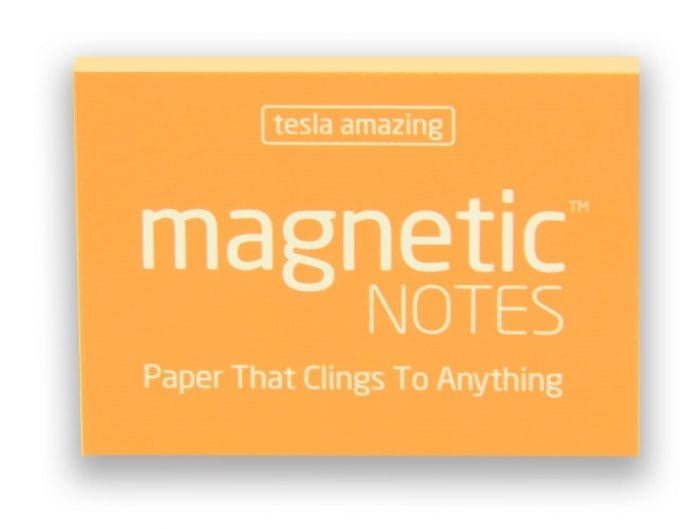
It has been experienced by a majority of us, whether you were rubbing a party balloon on your head and sticking it to the wall or shuffling your feet across the floor to give your friends or family an cheeky little shock. Static electricity has occasionally added a spark to everyone’s day.
Every year national static electricity day is celebrated on the 9th January. This day is dedicated to the observance of static electricity and investigates how we may cause it. Static electricity is vastly different from the electrical current that is carried through wires. Static electricity is formed when two insulators are rubbed together, generating a static field of imbalanced positive and negative charged ions in an atom. When the charged insulators encounter a conductor, the charge is then released giving a small shock. Materials like plastic, cloth and glass can be classed as insulators. While electrons of these substances do not move freely, the electrons on other materials like metals moves more freely and are classed as conductors.
Magnetism & Static Electricity

Electric and magnetic fields are invisible lines of force that are produced by phenomena’s such as the Earth’s magnetic field, lightning, or human activities that use electricity.
An electric field is a force that is created by the attraction and repulsion of electric charges which can be measured in volts per meter.
A magnetic field is the force of which that is created by a magnet or because of the movement of the charges. The intensity of a magnetic field is normally measured in Tesla, T or mT.
Static refers to the term of a situation where the fields don’t vary with time. Static electric and magnetic fields are two distinct phenomena, which are characterised by stead direction, flow, and strength.
A static electric field is established by charges that are cemented in space whilst a static magnetic field is formed by a magnet or charges that move as a steady flow using direct current.
Additionally, the varying electromagnetic fields, which reverse their direction at regular frequencies, are produced by appliances using alternating currents, as well as by phone aerials and microwaves. In this example, the electric and magnetic fields are interrelated and are both associated with specific frequency.
How to Celebrate National Static Electricity Day

Want to celebrate national static electricity day? Well you can celebrate the day in two ways, one is by choosing to learn more about what causes static electricity, or the better option or carrying out some fun experiments to see how static electricity works! We have created some fun experiments for you to try at home.
Experiment One – Flying Plastic Bag
Remember that on part in Harry Potter where Hermione levitated her feather using ‘Wingardium Leviosa’? Well now you can do the same!
All you need is:
- A plastic rod
- A piece of cloth
- A light plastic bag
Steps:
- Rub the surface of the rod with the cloth for 40 seconds.
- Flatten the plastic bag and rub the cloth against the surface for 40 seconds.
- Release the plastic bag and watch it levitate as you wave the rod below!
It is like magic! Well as a matter of fact, it is not. What is happening is static electricity, the rod and cloth become negatively charged after you rub them with a cloth. The same charges repel, much like that of a magnet, the bag will levitate!
Experiment Two – Hair Standing with Static Electricity
Have you ever gotten frizzy hair after taking off a wool hat, or when flying on a plane? Well, why not create the same effect with a balloon!
All you need is:
- An inflated balloon
- A piece of cloth
Steps:
- Rub the surface of the balloon with the cloth for 30 seconds!
- Hold the balloon a short distance above your head and watch your hair float!
What is happening here is the balloon gains electrons from the cloth and is then becoming negatively charged, so when negatively charged it attracts your hair, which is positively charged.
Our Products

Did you know our magnetic notes, pad and sheets utilise static charge? This allows you to move and replace the notes to any surface. Our magnetic stationary by Tesla Amazing is perfect for taking notes and leaving reminders. If you need to change your notes that is not a problem. The static charge system eliminates the mess of adhesives used to attach ordinary Post-It Notes to a surface.
Happy national static electricity day from everyone here at FIRST4MAGNETS!


